CLASS: CO2 Laser-Assisted Sclerectomy Surgery
IOPtima developed the IOPtiMate™ System, a unique CO2 laser-assisted system, used for treating Open-Angle Glaucoma (POAG) and Pseudo-Exfoliative Glaucoma (PEXG). The IOPtiMate™ System also demonstrated very positive results when deployed in combination Cataract and Glaucoma surgery.

CLASS technology provides the surgeon predictive outcome for the procedure with high reproducibility together with enhanced control on the procedure through the laser-scanning known effect.
Unlike Trabeculectomy, CLASS, as a non-penetrating and highly regulated procedure, is providing high safety profile with lower number of complications for the benefit of both the patient and the surgeon.
Unlike NPDS, which requires high technical skills, in CLASS as highly controlled procedure the level of certainty with the outcome of the procedure is much higher and with much less intra-operative complications.
Unlike the MIGS devices and their limited efficacy, CLASS is showing high efficacy (Clinical study results shows around 40% reduction in IOP over the years), which is very similar to Trabeculectomy.
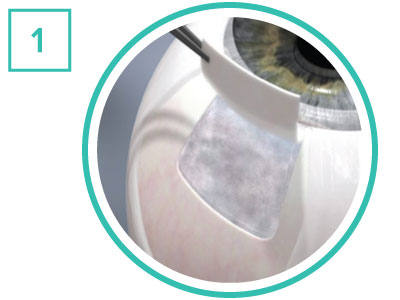
Anesthesia & Eye fixation tilted down Creation of conjunctiva flap (fornix base method) Creation of the standard flap (5.0 x 5.0 mm into clear cornea – expose the limbus; 1/3 to ½ thickness).
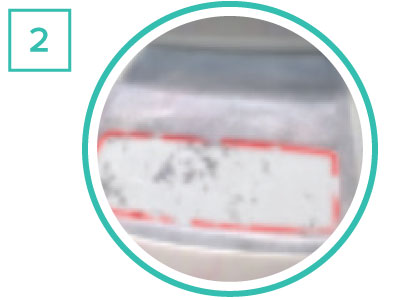
Creation of scleral reservoir with the use of the laser and application of Mitomycin C.
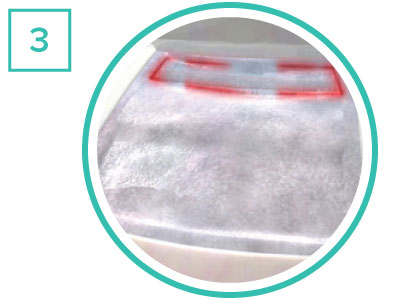
Position a pre-selected ablation pattern on the limbus line. The laser beam is scanned rapidly, ablating thin layers of sclera until unroofing the Schlemm’s canal.
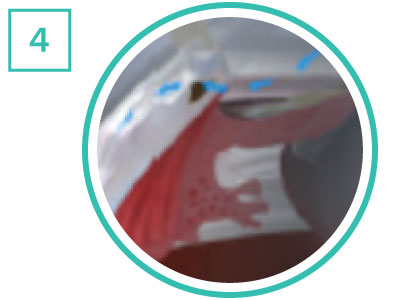
Fluid percolation through intact trabecular meshwork.
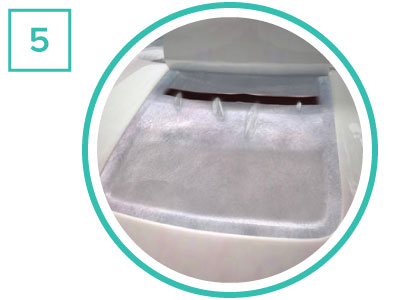
A thin layer remains intact, penetration of the eye is avoided.
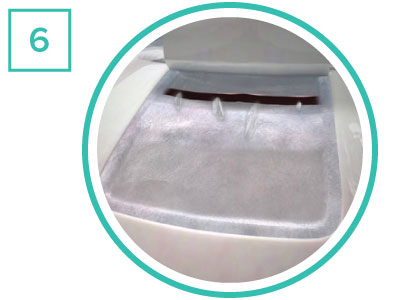
The scleral flap and the conjunctiva are closed and sutured.
Surgical treatment is usually indicated when the IOP is insufficiently reduced and/or Glaucomatous optic neuropathy worsens, while the visual field defect progresses, and laser Trabeculoplasty or maximally tolerated medical therapy had proven insufficient.
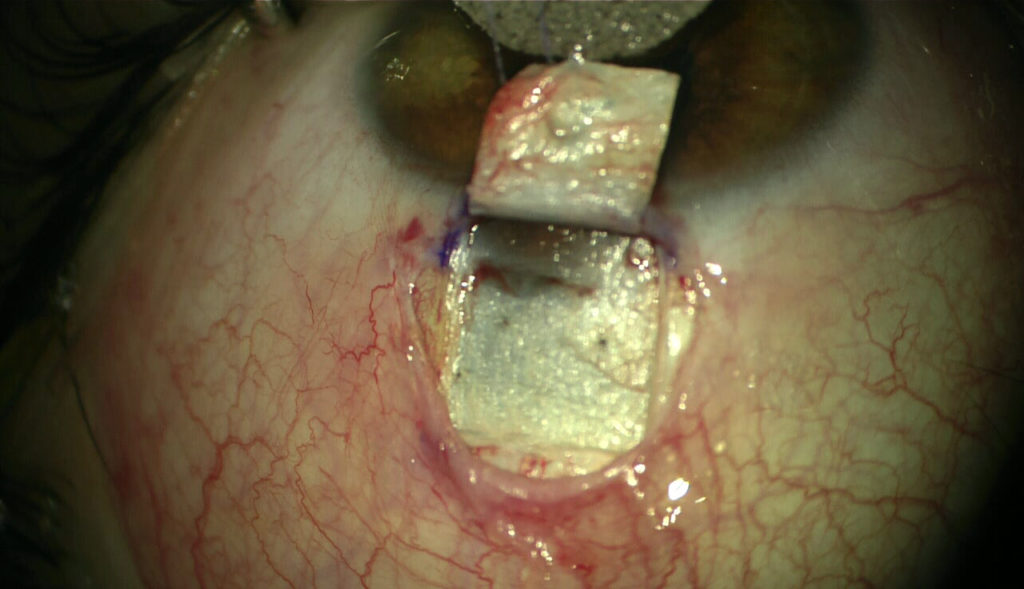
Peritomy and superficial scleral flap dissection extending to the clear cornea
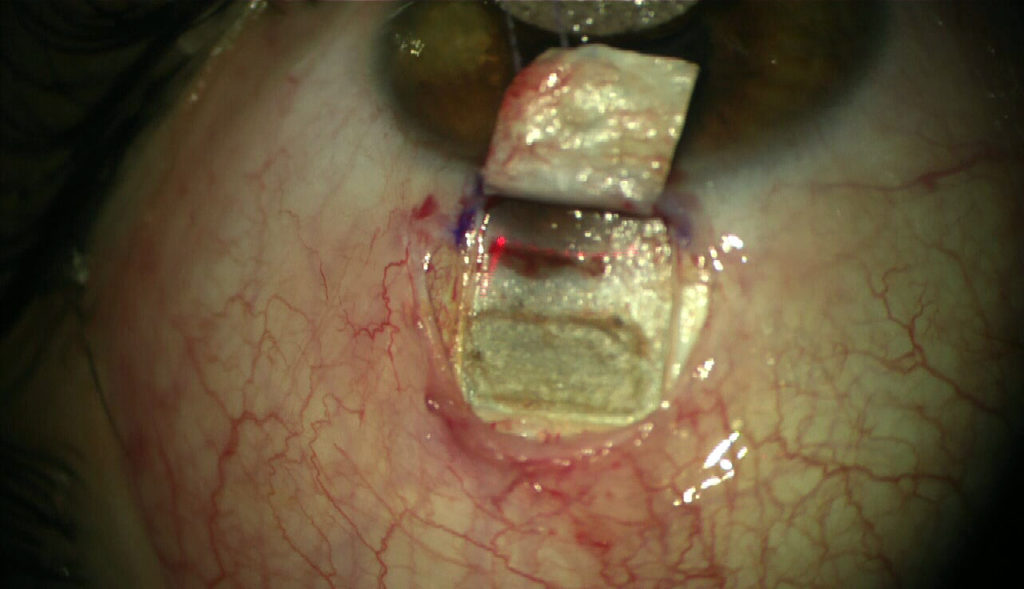
Laser ablation aimed at Schlemm’s canal
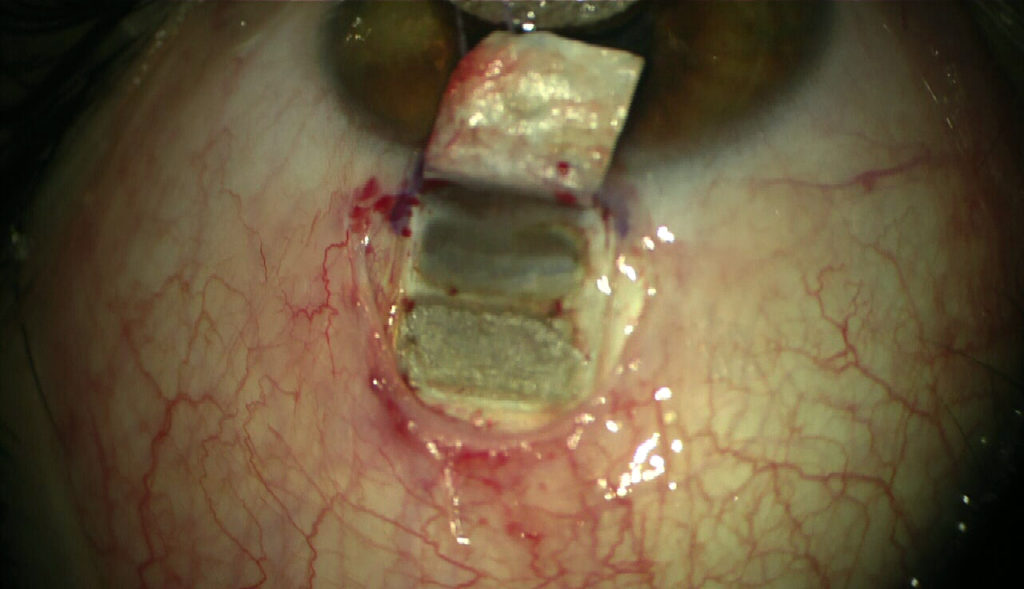
Red aiming beam indicate and confine laser ablation zone distal to the limbus
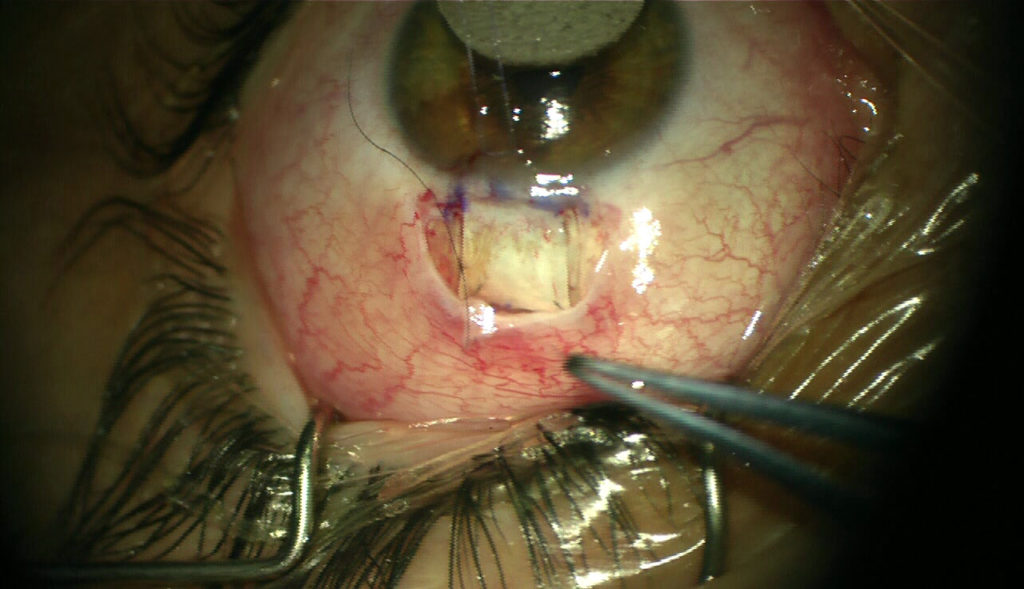
Scleral flap and conjunctiva suturing
Source: ioptima.com
CLASS Advantages
-
A safe, minimally-invasive laser procedure
-
Unlike other surgical solutions, the CLASS procedure is non-penetrating and does not involve the presence of foreign bodies in the eye.
-
Low post-operation complications rate
-
A 5-year clinical study of the IOPtimate demonstrates a significantly reduced complications rate in comparison with other surgical solutions currently in the market.
-
Significant long-term reduction of IOP, stable over time
-
Clinical study results show over 40% reduction in IOP over the years.
-
Simple to perform with a short learning curve
-
The regulated laser scan and procedure makes CLASS appealing for less experienced surgeons as well.
-
One-time procedure reduces the need for medications
-
Clinical study results show significant reduction or elimination of medication consumption post- surgery.
-
Cost effective
-
A flexible business model that fit both private and public hospitals.

Advantage Over Trabeculectomy & Non-penetrating procedures
CLASS technology provides the surgeon predictive outcome for the procedure with high reproducibility together with enhanced control on the procedure through the laser-scanning known effect.Unlike Trabeculectomy, CLASS, as a non-penetrating and highly regulated procedure, is providing high safety profile with lower number of complications for the benefit of both the patient and the surgeon.
Unlike NPDS, which requires high technical skills, in CLASS as highly controlled procedure the level of certainty with the outcome of the procedure is much higher and with much less intra-operative complications.
Advantages over other alternatives (MIGS, GDD’s, Shunts)
CLASS is not involve in leaving any foreign body in the eye, which can be associated with many complications (e.g. scarring, migration, hyphemia).Unlike the MIGS devices and their limited efficacy, CLASS is showing high efficacy (Clinical study results shows around 40% reduction in IOP over the years), which is very similar to Trabeculectomy.
CLASS Procedure Flow

Anesthesia & Eye fixation tilted down Creation of conjunctiva flap (fornix base method) Creation of the standard flap (5.0 x 5.0 mm into clear cornea – expose the limbus; 1/3 to ½ thickness).

Creation of scleral reservoir with the use of the laser and application of Mitomycin C.

Position a pre-selected ablation pattern on the limbus line. The laser beam is scanned rapidly, ablating thin layers of sclera until unroofing the Schlemm’s canal.

Fluid percolation through intact trabecular meshwork.

A thin layer remains intact, penetration of the eye is avoided.

The scleral flap and the conjunctiva are closed and sutured.
Surgical Information
Reducing intraocular pressure (IOP) is currently the only treatment modality for managing Glaucoma conditions in patients, aiming to halt the irreversible loss of visual field.
Surgical treatment is usually indicated when the IOP is insufficiently reduced and/or Glaucomatous optic neuropathy worsens, while the visual field defect progresses, and laser Trabeculoplasty or maximally tolerated medical therapy had proven insufficient.
The CLASS (CO2 Laser-Assisted Sclerectomy Surgery) procedure is similar to Glaucoma filtration surgery (trabeculectomy). The two differentiate mainly where in the CLASS procedure, after the scleral flap is raised, the remaining sclera over the Schelm’s canal and trabecular meshwork, is dissected by the CO2 laser probe until aqueous percolates over the entire dissected bed.
Once the aqueous originates from the unroofed Schlemm’s canal and the juxta-canalicular trabeculum is revealed, the dissection stops automatically. This is due to the aqueous ability to absorb the CO2 Laser and stop the ablation. This property of the aqueous completely blocks any laser penetration to the Anterior chamber, thus preventing intra-ocular complications.

Peritomy and superficial scleral flap dissection extending to the clear cornea

Laser ablation aimed at Schlemm’s canal

Red aiming beam indicate and confine laser ablation zone distal to the limbus

Scleral flap and conjunctiva suturing
Source: ioptima.com








